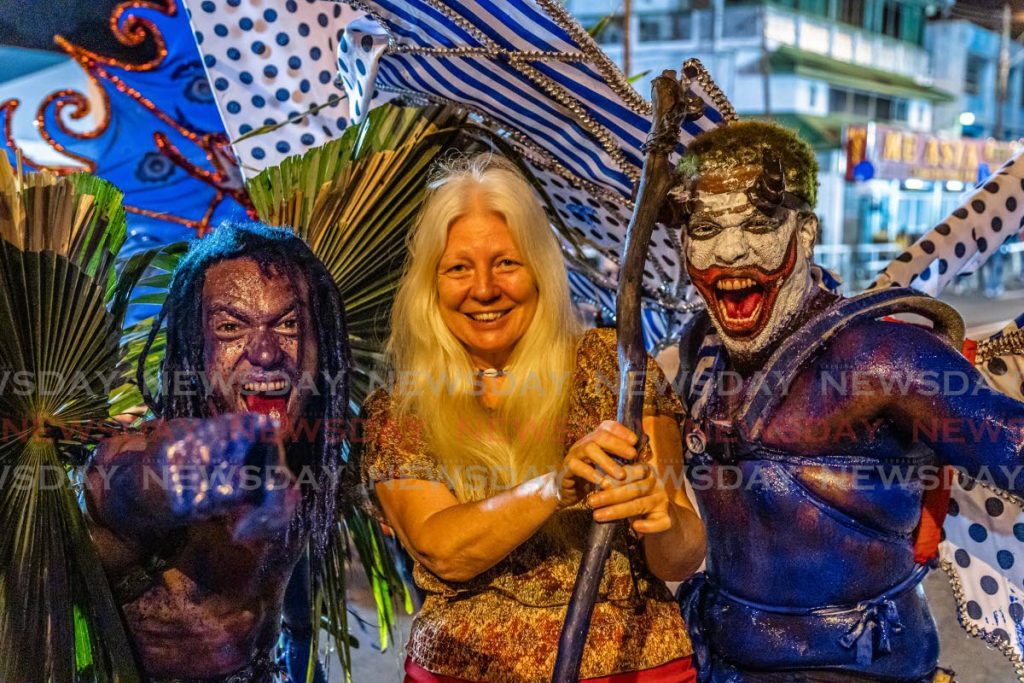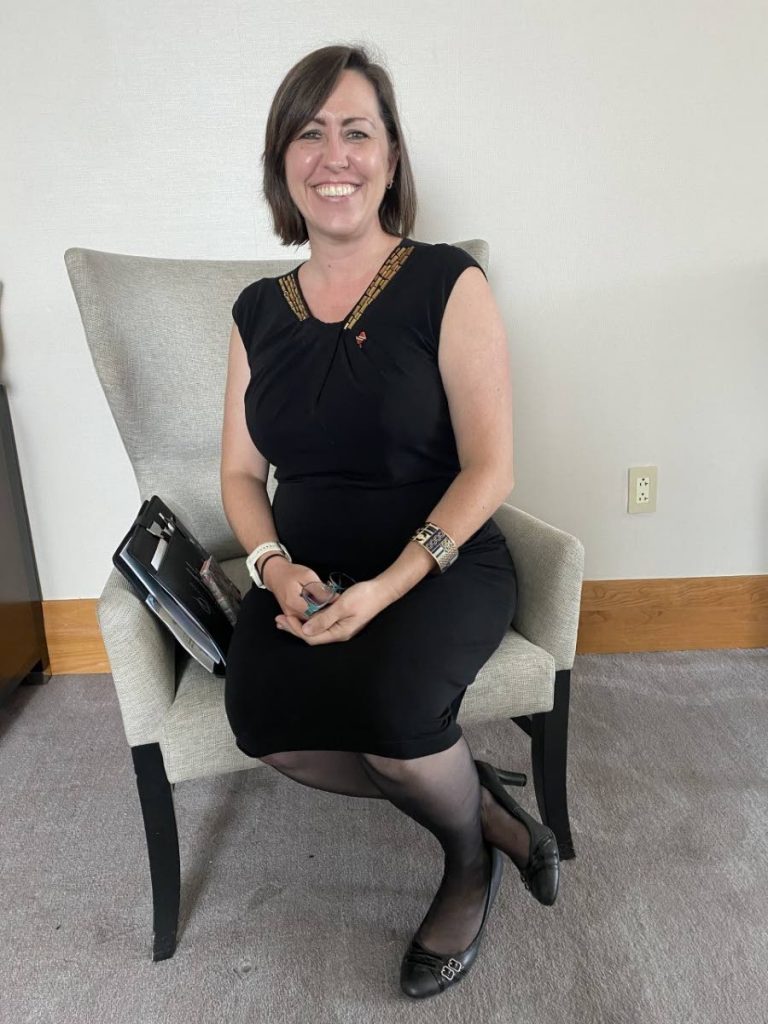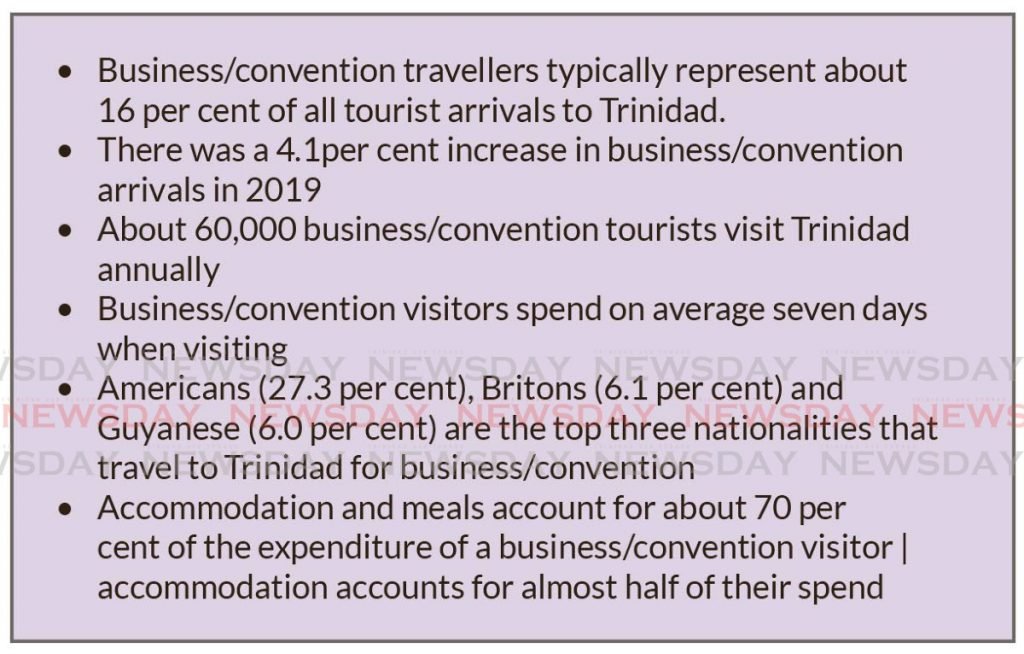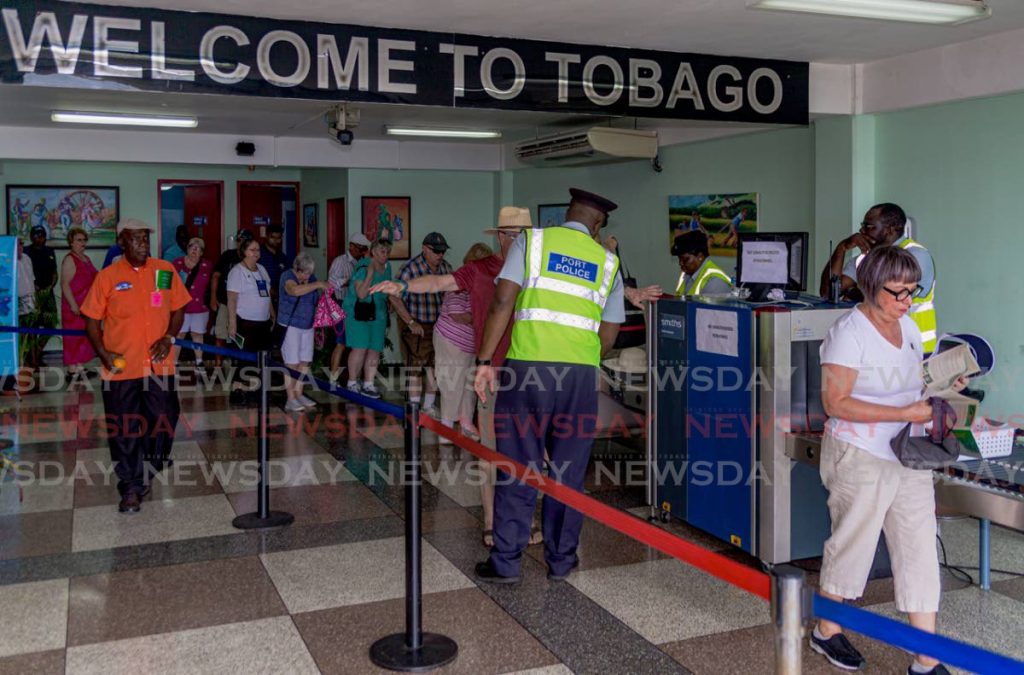Tourism Trinidad charts new course

Tourism Trinidad’s acting CEO Heidi Alert usually starts her meetings with stakeholders with a pop quiz.
“If you had to guess, what would you say is the ratio of tourism arrivals to Trinidad and Tobago?” Sixty-forty to Tobago? “It’s actually 95 per cent to Trinidad and five per cent to Tobago. But don’t worry, you’re not alone. Every single time I do that everyone gets it wrong.”
Alert spoke to the Business Day at the Energy Chamber’s 2020 Energy Conference earlier this month at the Hyatt Regency, Port of Spain.
People assume Tobago gets the most tourists, probably because it’s one of the primary drivers of that island’s economy. In Trinidad, because the energy sector is dominated the industrial landscape, it’s less apparent the impact of tourism on the island.
Tourism Trinidad wants to change that perspective.

“One of the first big tasks is this paradigm shift that has to happen in tourism away from the perception of only seeing a tourist as a guy in a short pants with a towel around his neck heading to the beach.”
These leisure tourists are important but they’re not necessarily the only type of tourist Tourism Trinidad is targeting.
“Part of our role and responsibility is helping people understand the impact and the significance of tourism in Trinidad as a destination. So, in defining tourism, a tourist is basically anyone who comes to the destination who does not live here or is not from here and stays for a period of less than a year. They can come for business, education, medical reasons, or events.”
Trinidad’s strength has historically been the business sector, she said, using the energy conference as a prime example.
“The reason we are here, why we have a booth, is to build further on that investment and the strengths we have as a destination already. So when we talk of the 'd' word – diversification – which is bandied about a lot, tourism is a great opportunity for diversification and allow different sectors to grow.”

For the country as a whole, tourism contributes about six to seven per cent of GDP but it employs nearly one in ten people. Most tourists tend to be those visiting friends and relatives. Business/conference tourism is right behind.
(See box and table.)
“Whenever we think about diversification and tourism, to us we see it as being able to partner with energy – not something that has to be mutually exclusive. You don’t have to draw a line in the sand.”
Tourism Trinidad’s strategy for Destination Trinidad is couched in three key targets – sports tourism, events tourism (including Carnival and other holidays and celebrations) and conference tourism.

Trinidad’s reputation as a regional hub and a first-mover in energy can work to its advantage, she said, especially in the context of current regional developments. “Even if booms are happening, Trinidad is still a leader. So from a tourism perspective every time we hold a conference, you have people coming here for business meetings, they set up headquarters here, crew changes happen or families may be based in Guyana but they may want to bring their families to Trinidad for a weekend to experience the island. All those are opportunities to capitalise on the energy – pun intended – in terms of what’s happening and still help drive different sectors of the economy. So, it’s being able to utilise what’s happening in energy to bolster other facets of the economy.”

The agency is also partnering with different stakeholders, including hotels and tour operators, to craft and promote complete experiences for visitors, getting them out beyond the confines of their rooms. The theme of Trinidad Tourism’s booth at the energy conference was the business of tourism – and its aim was getting people thinking of tourism as a business. “We’re really going after the meeting and conferences as types of business tourism, and in addition, being able to attract additional conferences to come here and when people come here for business, getting them out of the hotel and actually experience the destination, so were highlighting the different tours available.” That can help increase visitor spend and potentially, foreign exchange earnings. “And (when you give these great experiences) you encourage these businesspeople to come back again with their families and do a proper vacation.”
The agency is also currently building its new Destination Trinidad website. "That will be an avenue though which we can promote and highlight a lot of the sights and attractions and also help visitors. We are trying to get the industry to a certain place that matches the expectation of visitors today."
The ideals are lofty, but what’s the buy-in from the actual primary stakeholder – the Government? Trinidad Tourism Destination Management Co is a limited liability company under the purview of the Ministry of Tourism. The state enterprise was created in December 2018, as part of an overhaul of the sector, dissolving the Tourism Development Company and separating management of the Trinidad and Tobago tourism product into two distinct entities. (Its sister company is the Tobago Tourism Agency, which falls under the remit of the Tobago House of Assembly.)

The Ministry of Tourism’s total allocation for 2020, according to budget documents, is $62.7 million – that’s the smallest allocation out of any ministry and just 0.1 per cent of the country’s $58 billion budget. Trinidad Tourism gets $10 million out of that.
In contrast, the THA’s Tourism Division gets $184 million, and Tobago Tourism gets $20 million. It’s perhaps understandable when one considers the bigger impact the tourism industry has on the island, but considering the proportion of visitors, as well as the government rhetoric about diversification, the dichotomy is startling.

“We are just now getting momentum going. We did not spend our full allocation last year (about $8 million out of $9 million) so I was happy that they gave us (an increase). I think what we have to do is tourism is not just keep passing the buck. We have to use what’s given to us right now so we are using major initiatives like this.” The agency is working on its strategic action plan, she said, as well as building out its three-year medium-term plan. “We’re doing those fundamentals and then just continuing to step up the organisation so in all that we have to be responsible and make sure we use what is allocated – even though I would still argue we need more.”
She noted, for example, there’s a specific ten per cent hotel tax (on accommodation). That money just goes into the consolidated fund, and none of it necessarily goes specifically to tourism projects. “You can very easily track revenue generated. And this is direct revenue, not even considering other contributions from the sector, like jobs.” Hotels have been suggesting that they or the industry at large get some of that allocation, even if it’s reinvested in marketing and promotions of the country.
Alert said she didn’t want to go too much into the details of that (as government policy) but she did say the agency would like to see some of that reinvestment. “But where we are now, we do have funding and that is important and the more we can utilise that the more we can make a case for (an increased allocation.)”
The agency sees itself as an agent of change and part of its aim is to bring stakeholders together.
“Where I see us coming in is helping to connect all those various parts of economy (that might not see tourism as an opportunity) with the perspective and the lens of tourism.”
So in January, Trinidad Tourism met with the 50 heads of business chambers from around the country. “I remember asking them that pop quiz question. I also asked them if any of them had ever been invited to a meeting about tourism and I think like one person raised their hand.” The agency, then, is encouraging businesses to find the products and events in their communities and partner and promote them as a business opportunity.
“That’s the paradigm shift that really does have to take place. It’s not one conversation or one activity but it has to be a whole host of things that are continually backed up so the fact that we are proactively reaching out and making that connection.”
She understands that there may be some questions about what Tourism Trinidad actually does and how it uses its resources. Alert likened the work of the company to an iceberg.
“When you think of what’s publicised you have the ten per cent you might see — the booths, press releases and ads, and so on, but that has to be undergirded by a 90 per cent that might never be seen but is really helping to support the industry, like having conversations with TTPS so when we think of cruises and Carnival how we protect visitors; working with sights and attractions; doing education awareness; facilitating new investment; and even participating in international trade shows. Those types of activity all have to be work behind the scene but then you have to do the work of telling the stories of where the opportunities lie so you can get people excited about the industry.”
Probably the biggest challenge externally is just getting people to know where Trinidad is. “Even though our biggest source market is the US, if you ask a typical American who’s never been here and isn’t in the oil and gas industry they’ll be like, where is that?”

Her job is to raise that awareness, and Alert is confident Brand Trinidad can be strong.
“We are extremely unique in terms of a tourist destination. It is really important that we don’t see ourselves trying to catch up to the rest of the Caribbean. We are not trying to be a Barbados or a Jamaica or some sort of your quintessential or traditional tourist destinations. We really have to be able to anchor ourselves and almost lead a tourism conversation within the Caribbean, but one that is very different and allows us to build on the strengths we have."
Trinidad already has all the assets, she said. "What makes us different is really who we are and what we have already and that’s something that, as we look to build tourism, we really have to embody and accept in terms of what is our tourism product and what makes us different.”


Comments
"Tourism Trinidad charts new course"